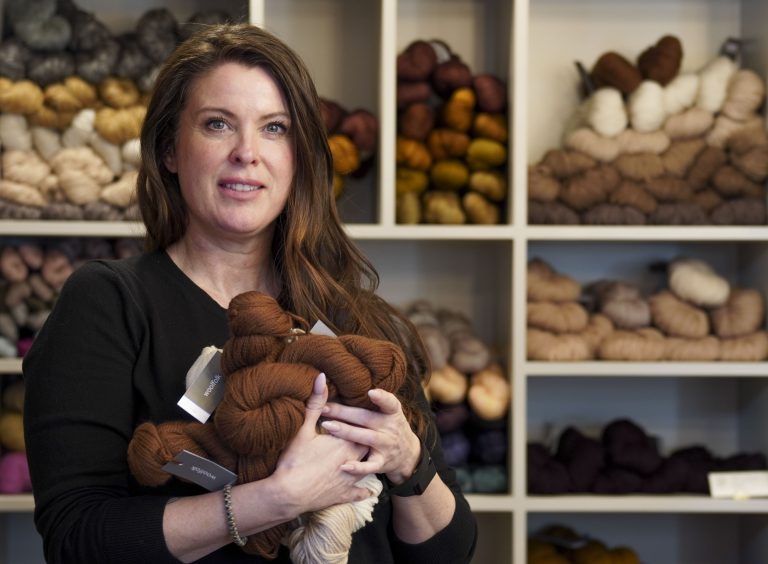A curious custom in ancient China was to celebrate the creation of writing with the coming of particularly large rainstorms, specifically those at the end of spring.
Within the four seasons, the Chinese traditional calendar contained 24 shorter periods, known as jieqi (節氣) or “solar terms,” each lasting about a fortnight. These solar terms were essential for the Chinese in agriculture and consciously adjusting one’s activities in harmony with the natural environment, something many today could use more of.
The sixth and final phase of spring is Guyu (穀雨), which translates to “rain grain” — the precipitation desperately needed for a good start to the summer crop.
While we think of spring as ending with the summer solstice, the Chinese shifted all seasons forward, seeing the earliest sprouting of crops as the start of summer and considered the solstice as its middle. Spring, for comparison, began in February and was completed by the vernal equinox.
According to ancient lore, the demigod Cang Jie created the earliest version of the ideographic characters Chinese now use for their writing. A minister to the Yellow Emperor, legendary founder of the Chinese state, Cang Jie’s invention allowed people to record their history and civilization.
Success
You are now signed up for our newsletter
Success
Check your email to complete sign up
It is said in the Huainanzi (淮南子), a 2,000-year-old text, that when Cang Jie finished his invention, a great downpour of rain and grains came from the heavens, while spirits could be heard howling in the night. Thus, it became a custom to honor the minister on the 20th of April (April 21 in leap years), when Guyu begins.
Guyu is the last leg of spring, immediately following Qingming or “pure brightness,” which marks the beginning of legitimately warm weather. The appearance and sound of cuckoos in Guyu reminded farmers that they had to finish planting soon.

By the traditional calendar, Guyu falls in the third lunar month — in 2023, April 20 happens to be the first day of the third lunar month in the year of the Water Rabbit (癸卯三月初一). The soil is fertile and the expected “grain rain” will give the crops their much-needed boost.
The rain is particularly strong in southern China, where the conflux of waning cold with warm but humid air encourages more and longer downpours.
Peonies are another feature of Guyu, having a nickname in Chinese as the “Guyu flower” (穀雨花) in addition to the normal Mudan (牡丹).
From the perspective of traditional Chinese medicine, people should be wary of the humidity that comes with Guyu; though the weather is getting hotter, the cool, wet air can harm the body if one does not take precautions to stay warm. It is also advisable to take advantage of the sunlight and be active outdoors as spring turns into summer.














